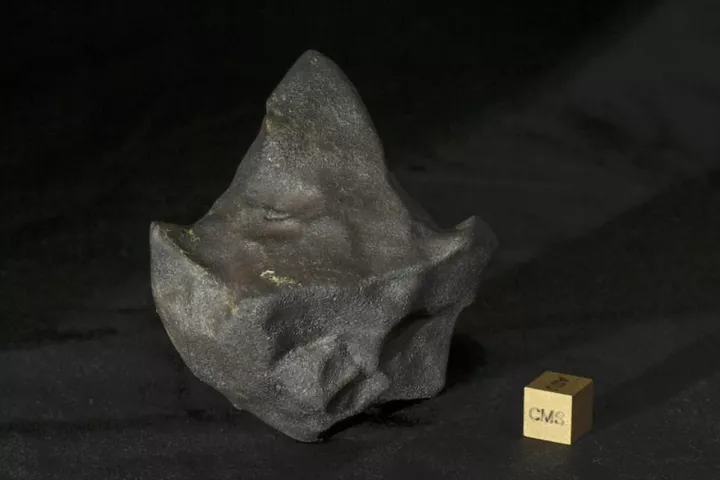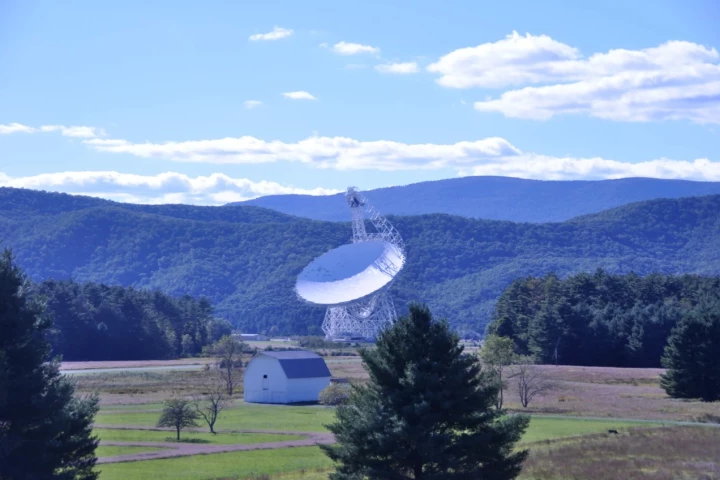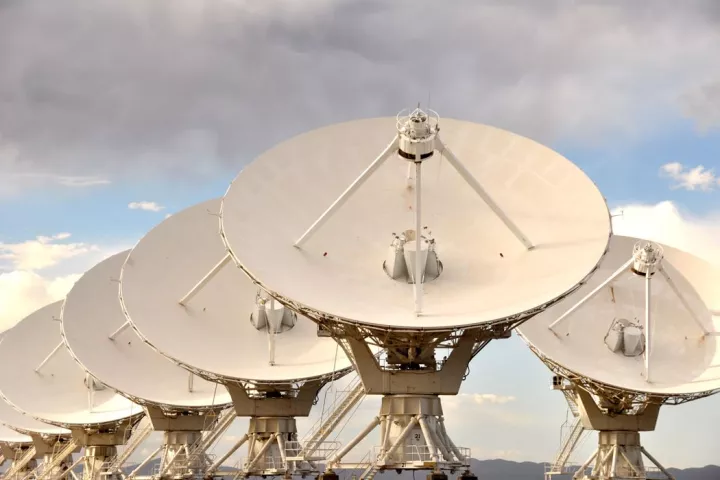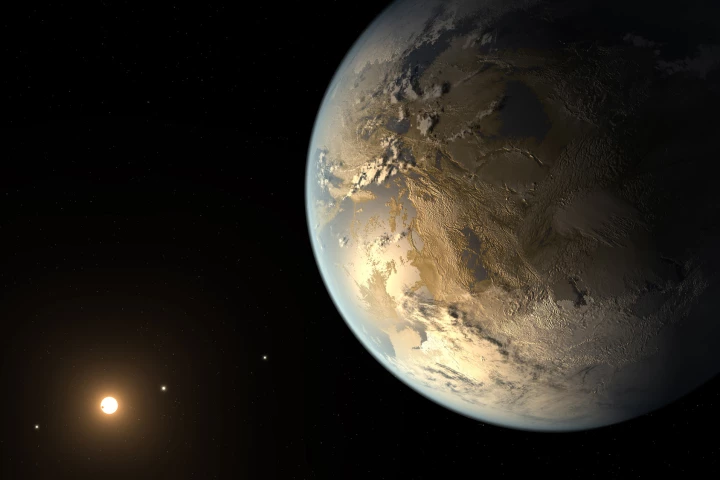SETI
-
If you're hoping that we can avoid the attention of alien civilizations by lying low, it's a bit late now. A new study released by the Royal Astronomical Society indicates that our radar systems are already screaming our location to ET eavesdroppers.
-
One of the most studied space rocks of all time has surprised us again, with the "mudball meteorite" Aguas Zarcas having cruised around the solar system for two million years without as much as a scratch. It defies the "fragile" class it belongs to.
-
Aliens might be able to detect us from the radio signals we beam to Mars to control our rovers there. Astronomers have now listened in on the nearby TRAPPIST-1 system to check whether aliens are chattering between their own neighboring planets.
-
Meeting aliens rarely goes well for humanity in movies. Scientists have been practicing by trying to chat to whales in their own language – and judging by early results, we should probably beef up security around the Eiffel Tower and the White House.
-
Researchers have developed a new technique to better detect extraterrestrial radio signals by weeding out the interference caused by Earth-based devices. It’s hoped that the technique will lead to the first evidence of alien life.
-
A new study suggests that if any alien civilizations are turning their radio telescopes toward Earth, they may be able to not only detect our mobile phone signals, but could deduce a lot about our planet and even produce crude maps of it.
-
The search for extraterrestrial civilizations gets a major boost as SETI joins forces with the Very Large Array (VLA) that combines the giant radio telescope with a new processing system to increase the search's effectiveness by a factor of 1,000.
-
Based on data from the Kepler Space Telescope and the Gaia mission, there may be up to 300 million habitable planets in our galaxy. The research refines a key factor in the Drake equation that estimates how many extraterrestrial civilizations may exist.
-
Given how big the universe is, chances are tiny that Earth is the only planet with life. But how would we find others? A new NASA grant has been awarded to try and do so by hunting for signs of advanced alien civilizations, or "technosignatures."
-
Neptune's collection of moons has officially grown to 14. Originally discovered in 2013 and designated S/2004 N 1, this tiny world is described more accurately in a new paper, which also gives it an origin story and, finally, a catchier name. Say hello to Hippocamp.
-
After a year of analysis, the SETI Institute has concluded that 'Oumuamua, the first interstellar object known to have visited our Solar System, isn't trying to make radio contact with us.
-
Whether there’s life beyond Earth is one of the most profound questions we can ask. Making ourselves easier to find could be part of our first contact strategy. A new MIT study outlines a way to use existing or near-future tech to build a kind of laser lighthouse to signal to our cosmic neighbors.
Load More










